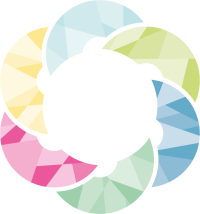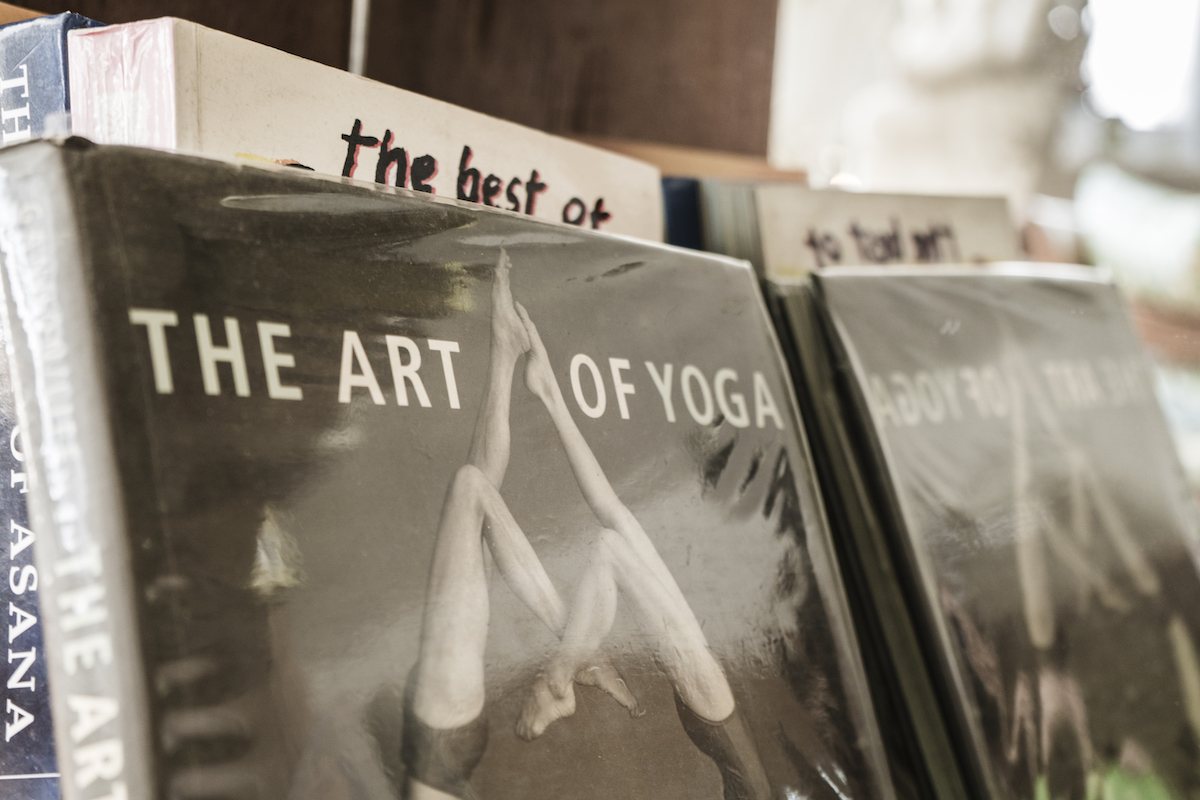“I can’t do yoga, I’m not flexible enough”, “Yoga is not for me, it’s too slow/boring/straining for me…”. Who hasn’t heard these or similar statements, when a conversation turns to the topic of yoga, or maybe even had these thoughts themselves?
While yoga’s popularity is increasing and more and more people practice it, very different views about what yoga actually is are spreading as well. Especially in our western – often fitness-oriented – world, yoga seems to be reduced only to its physical aspects. Yet, by reducing the term yoga in this way, also the area in which it can spread is narrowed. We are limiting Yoga to the yoga mat and the four walls of a studio or our personal space, when the true field for the practice of yoga is much larger, wider and deeper than these spatial boundaries.
If, for example, we look at one of the most important texts about the background, techniques, state and goal of yoga, The Yoga Sutras of Patanjali, then we quickly see that Patanjali did not over-emphasise the physical aspects of yoga. Asanas, or postures, are just one stage of the eight-fold path, whose goal is not merely physical health and aesthetics, but rather self-realization and self-knowledge.
Self-realization and self-knowledge have more to do with introspection, deep reflection, and emotional and spiritual maturity than standing on one’s hands or touching one’s thighs and toes in a forward bend. The state and deep knowledge of oneness and unity, the literal translation of yoga, comes less from acrobatic performances than from the emotional and psychological processes stimulated by and unfolding through the practice of asanas and pranayama.
The external practice is a tool for inner change, which can happen or be reflected in all situations of our lives. As the Asana practice acts as a mirror for our current inner attitude to ourselves, to other people, and to life. If we criticize and doubt ourselves on the mat, are dissatisfied with everyone around us and have been secretly observing the person on the mat next to us, who apparently can do everything so much better, then chances are that these same thought patterns are just as active in other areas of our lives.
If we look closely and listen, we may begin to recognise that our experiences and thoughts on the mat also surface at work, in our relationships, while shopping, or at home; in short – in everyday situations. It is in this moment of awareness that yoga begins to spread from our mat into our lives.
When we begin to become aware of our own thoughts and behaviours we suddenly have a choice. Do we continue to listen to our thoughts and believe everything they say? Do we allow ourselves to be so influenced by their criticism of ourselves and jealousy of others that we make an unpleasant comment or turn a situation into a drama where there is none? Or, just as a teacher would guide us on our mat, do we concentrate on what is right in front of us, be it the yoga pose or the actual situation in everyday life? Do we let our thoughts go without reacting to them and try to breathe calmly? This is also yoga and it works everywhere. Not only on the mat.
Patthabi Jois, the “father” of the Asthanga Vinysa Yoga system, in which students subsequently learn different series, used to say that the seventh series is the family. In Ashtanga Vinyasa there are six series consisting of asanas and about five practitioners who have mastered all six series. But the real challenge, according to Jois, is the family. It is there, in everyday life, away from our physical performance, that the actual yoga begins.
For the ancient yogis, yoga was a complex system designed for the expansion of consciousness. The time for the practices that produce such states can, of course, take place in a quiet setting, away from external distractions. The effects of this expansion of consciousness, however, cannot be fenced in and are certainly not limited to outward appearances.
So whether we like it or not, if we seriously start practicing yoga regularly under the guidance of an experienced teacher, yoga will spread into our lives by itself. Our consciousness, self-knowledge and self-realization know no difference between “on the mat” / off the mat”. That what is, just is – all the time and everywhere. It just us who create this and all other separations, and also us, who can undo it.
With this in mind, happy practicing
by Carina Hilmar


